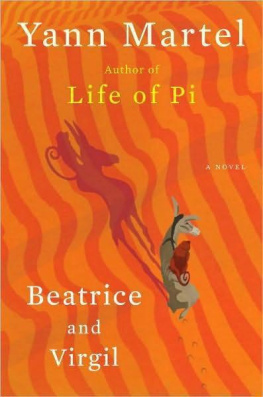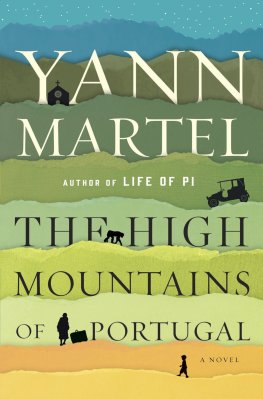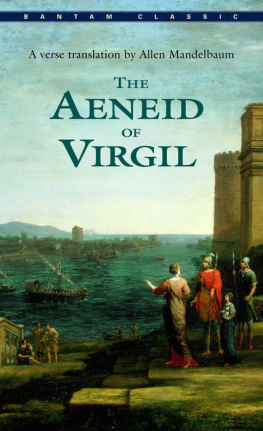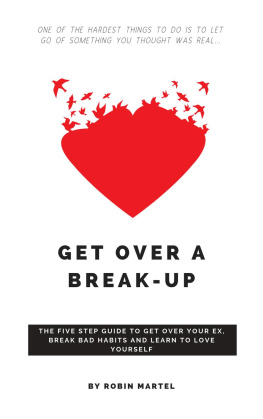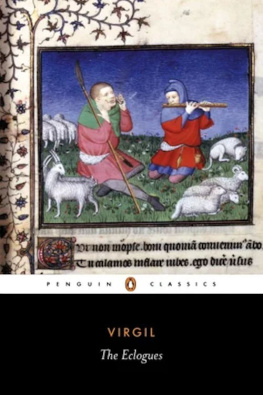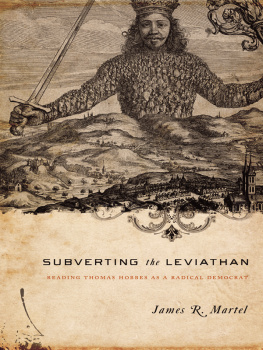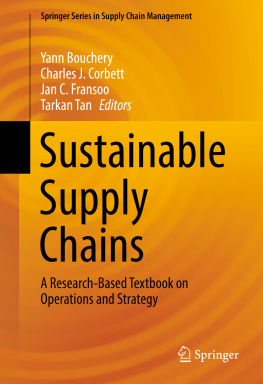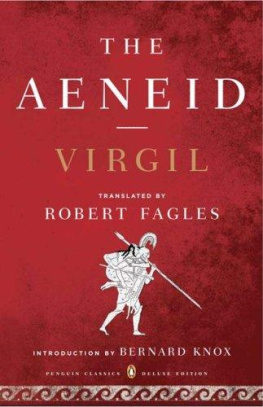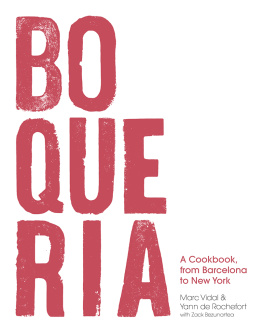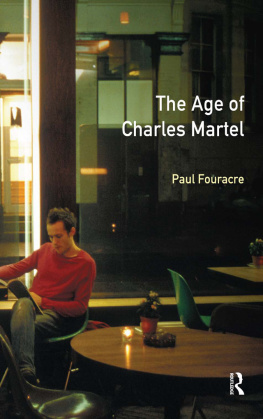Yann Martel - Beatrice and Virgil
Here you can read online Yann Martel - Beatrice and Virgil full text of the book (entire story) in english for free. Download pdf and epub, get meaning, cover and reviews about this ebook. year: 2010, publisher: Spiegel & Grau, genre: Detective and thriller. Description of the work, (preface) as well as reviews are available. Best literature library LitArk.com created for fans of good reading and offers a wide selection of genres:
Romance novel
Science fiction
Adventure
Detective
Science
History
Home and family
Prose
Art
Politics
Computer
Non-fiction
Religion
Business
Children
Humor
Choose a favorite category and find really read worthwhile books. Enjoy immersion in the world of imagination, feel the emotions of the characters or learn something new for yourself, make an fascinating discovery.
- Book:Beatrice and Virgil
- Author:
- Publisher:Spiegel & Grau
- Genre:
- Year:2010
- Rating:5 / 5
- Favourites:Add to favourites
- Your mark:
- 100
- 1
- 2
- 3
- 4
- 5
Beatrice and Virgil: summary, description and annotation
We offer to read an annotation, description, summary or preface (depends on what the author of the book "Beatrice and Virgil" wrote himself). If you haven't found the necessary information about the book — write in the comments, we will try to find it.
Beatrice and Virgil — read online for free the complete book (whole text) full work
Below is the text of the book, divided by pages. System saving the place of the last page read, allows you to conveniently read the book "Beatrice and Virgil" online for free, without having to search again every time where you left off. Put a bookmark, and you can go to the page where you finished reading at any time.
Font size:
Interval:
Bookmark:
ALSO BY YANN MARTEL
FICTION
Life of Pi
Self
The Facts Behind the Helsinki Roccamatios
NONFICTION
What is Stephen Harper Reading?

Henry's second novel, written, like his first, under a pen name, had done well. It had won prizes and was translated into dozens of languages. Henry was invited to book launches and literary festivals around the world; countless schools and book clubs adopted the book; he regularly saw people reading it on planes and trains; Hollywood was set to turn it into a movie; and so on and so forth.
Henry continued to live what was essentially a normal, anonymous life. Writers seldom become public figures. It's their books that rightly hog all the publicity. Readers will easily recognize the cover of a book they've read, but in a cafe that man over there, is that... is that... well, it's hard to tell--doesn't he have long hair?--oh, he's gone.
When he was recognized, Henry didn't mind. In his experience, the encounter with a reader was a pleasure. After all, they'd read his book and it had an impact, otherwise why would they come up to him? The meeting had an intimate quality; two strangers were coming together, but to discuss an external matter, a faith object that had moved them both, so all barriers fell. This was no place for lies or bombast. Voices were quiet; bodies leaned close together; selves were revealed. Sometimes personal confessions were made. One reader told Henry he'd read the novel in prison. Another that she'd read it while battling cancer. A father shared that his family had read it aloud in the aftermath of the premature birth and eventual death of their baby. And there were other such encounters. In each case, an element of his novel--a line, a character, an incident, a symbol--had helped them pull through a crisis in their lives. Some of the readers Henry met became quite emotional. This never failed to affect him and he tried his best to respond in a manner that soothed them.
In the more typical encounters, readers simply wanted to express their appreciation and admiration, now and again accompanied by a material token, a present made or bought: a snapshot, a bookmark, a book. They might have a question or two they hoped to ask, timidly, not meaning to bother. They were grateful for whatever answer he might give. They took the book he signed and held it to their chest with both hands. The bolder ones, usually but not always teenagers, sometimes asked if they could have their picture taken with him. Henry would stand, an arm over their shoulders, smiling at the camera.
Readers walked away, their faces lit up because they'd met him, while his was lit up because he'd met them. Henry had written a novel because there was a hole in him that needed filling, a question that needed answering, a patch of canvas that needed painting--that blend of anxiety, curiosity and joy that is at the origin of art--and he had filled the hole, answered the question, splashed colour on the canvas, all done for himself, because he had to. Then complete strangers told him that his book had filled a hole in them, had answered a question, had brought colour to their lives. The comfort of strangers, be it a smile, a pat on the shoulder or a word of praise, is truly a comfort.
As for fame, fame felt like nothing. Fame was not a sensation like love or hunger or loneliness, welling from within and invisible to the outside eye. It was rather entirely external, coming from the minds of others. It existed in the way people looked at him or behaved towards him. In that, being famous was no different from being gay, or Jewish, or from a visible minority: you are who you are, and then people project onto you some notion they have. Henry was essentially unchanged by the success of his novel. He was the same person he had been before, with the same strengths and the same weaknesses. On the rare occasions when he was approached by a reader in a disagreeable way, he had the last weapon of the writer working under a pseudonym: no, he wasn't XXX, he was just a guy named Henry.
Eventually the business of personally promoting his novel died down, and Henry returned to an existence where he could sit quietly in a room for weeks and months on end. He wrote another book. It involved five years of thinking, researching, writing, and rewriting. The fate of that book is not immaterial to what happened next to Henry, so it bears being described.
The book Henry wrote was in two parts, and he intended them to be published in what the publishing trade calls a flip book: that is, a book with two sets of distinct pages that are attached to a common spine upside down and back-to-back to each other. If you flick your thumb through a flip book, the pages, halfway along, will appear upside down. A head-to-tails flip of the conjoined book will bring you to its fraternal twin. So the name flip book .
Henry chose this unusual format because he was concerned with how best to present two literary wares that shared the same title, the same theme, the same concern, but not the same method. He'd in fact written two books: one was a novel, while the other was a piece of nonfiction, an essay. He had taken this double approach because he felt he needed every means at his disposal to tackle his chosen subject. But fiction and nonfiction are very rarely published in the same book. That was the hitch. Tradition holds that the two must be kept apart. That is how our knowledge and impressions of life are sorted in bookstores and libraries--separate aisles, separate floors--and that is how publishers prepare their books, imagination in one package, reason in another. It's not how writers write. A novel is not an entirely unreasonable creation, nor is an essay devoid of imagination. Nor is it how people live. People don't so rigorously separate the imaginative from the rational in their thinking and in their actions. There are truths and there are lies-- these are the transcendent categories, in books as in life. The useful division is between the fiction and nonfiction that speaks the truth and the fiction and nonfiction that utters lies.
Still, the custom, a set way of thinking, posed a problem, Henry realized. If his novel and essay were published separately, as two books, their complementarity would not be so evident and their synergy would likely be lost. They had to be published together. But in what order? The idea of placing the essay before the novel struck Henry as unacceptable. Fiction, being closer to the full experience of life, should take precedence over nonfiction. Stories--individual stories, family stories, national stories--are what stitch together the disparate elements of human existence into a coherent whole. We are story animals. It would not be fitting to place such a grand expression of our being behind a more limited act of exploratory reasoning. But behind serious nonfiction lies the same fact and preoccupation as behind fiction--of being human and what it means--so why should the essay be slotted as an afterword?
Regardless of meritorious status, if novel and essay were published in a sequence in one book, whichever came first would inevitably cast into shadow whichever came second.
Their similarities called for novel and essay to be published together; respect for the rights of each, separately. Hence, after much thinking on Henry's part, the choice of the flip book.
Once he had settled on this format, new advantages leapt to his mind. The event at the heart of his book was, and still is, profoundly distressing--threw the world upside down, it might be said--so how fitting that the book itself should always be half upside down. Furthermore, if it was published as a flip book, the reader would have to choose in which order to read it. Readers inclined to seek help and reassurance in reason would perhaps read the essay first. Those more comfortable with the more directly emotional approach of fiction might rather start with the novel. Either way, the choice would be the reader's, and empowerment, the possibility of choice, when dealing with upsetting matters, is a good thing. Lastly, there was the detail that a flip book has two front covers. Henry saw more to wraparound jacket art than just added aesthetics. A flip book is a book with two front doors, but no exit. Its form embodies the notion that the matter discussed within has no resolution, no back cover that can be neatly, patly closed on it. Rather, the matter is never finished with; always the reader is brought to a central page where, because the text now appears upside down, the reader is made to understand that he or she has not understood, that he or she cannot fully understand, but must think again in a different way and start all over. With this in mind, Henry thought that the two books should end on the same page, with only a blank space between the topsy-turvy texts. Perhaps there could be a simple drawing in that no-man's-land between fiction and nonfiction.
Next pageFont size:
Interval:
Bookmark:
Similar books «Beatrice and Virgil»
Look at similar books to Beatrice and Virgil. We have selected literature similar in name and meaning in the hope of providing readers with more options to find new, interesting, not yet read works.
Discussion, reviews of the book Beatrice and Virgil and just readers' own opinions. Leave your comments, write what you think about the work, its meaning or the main characters. Specify what exactly you liked and what you didn't like, and why you think so.

